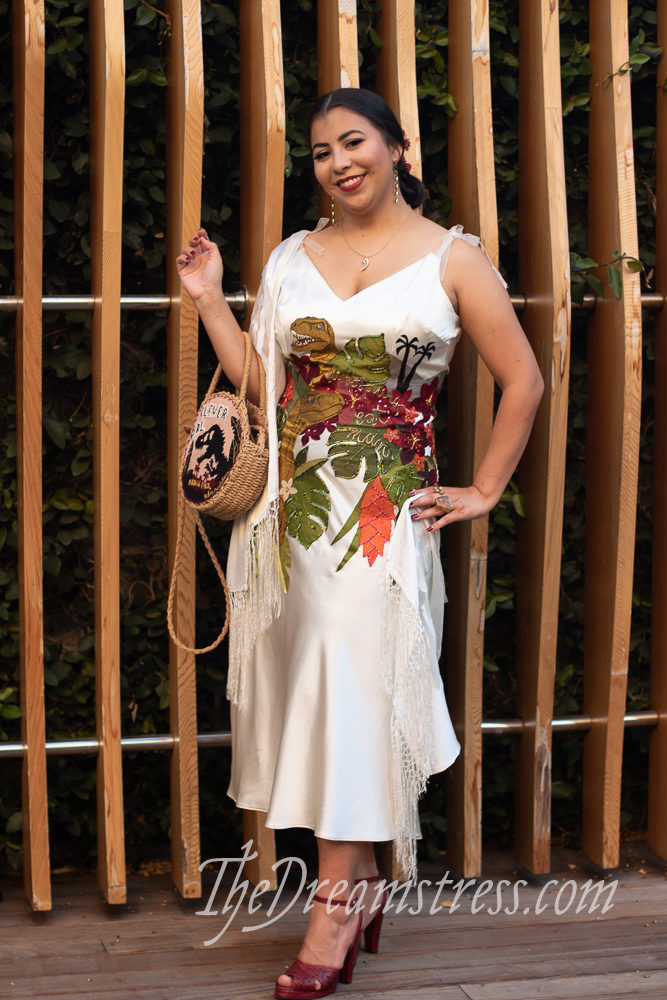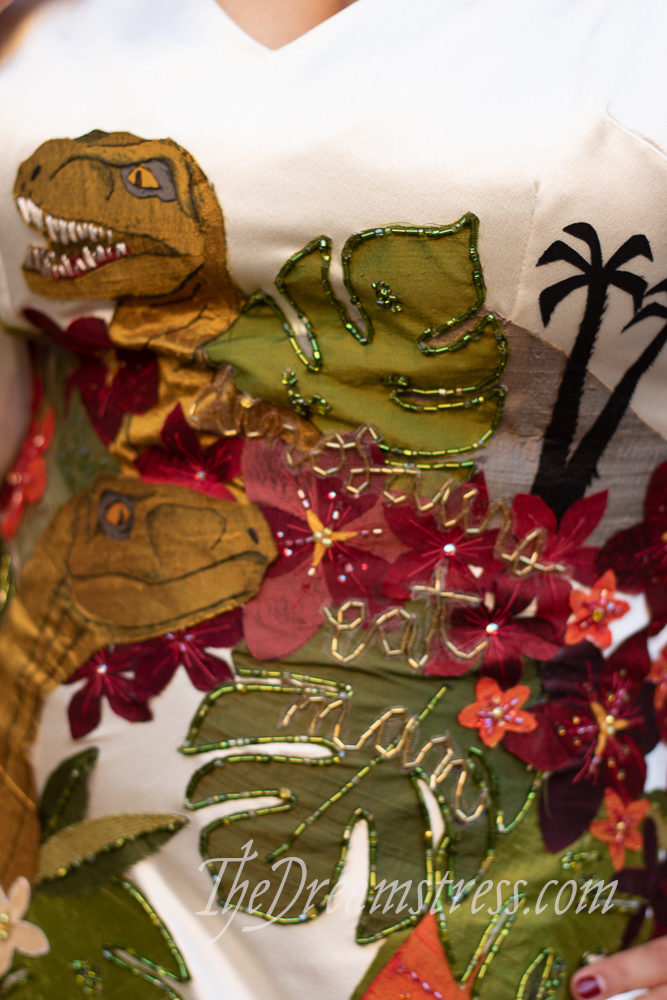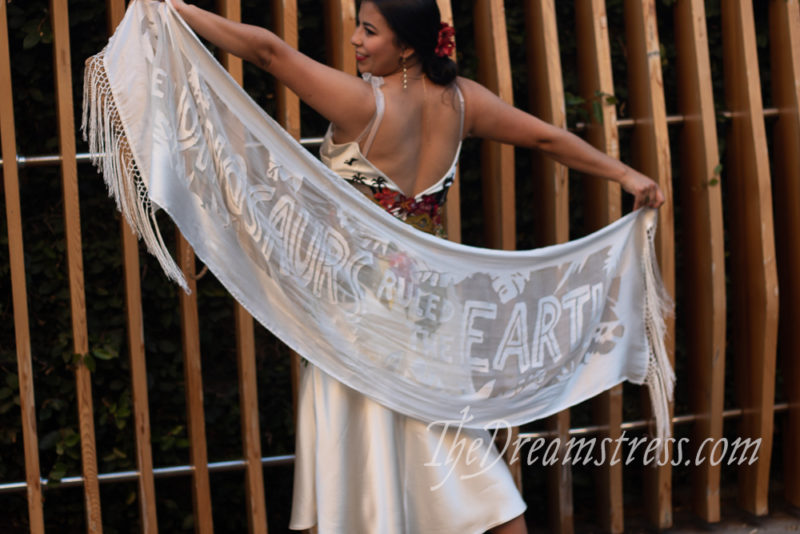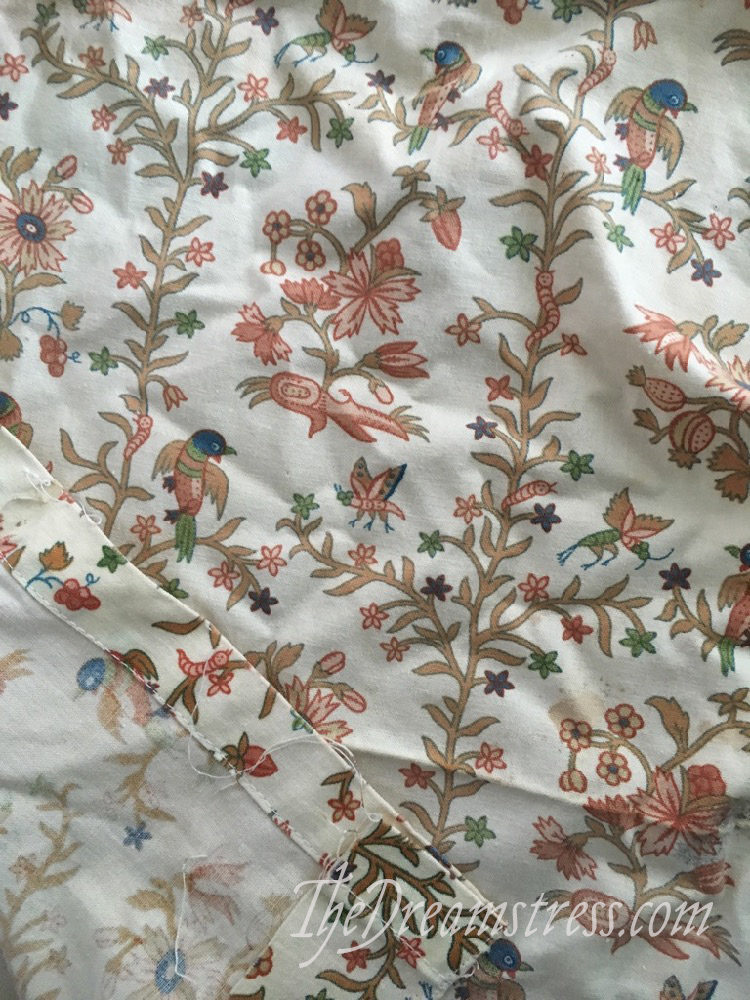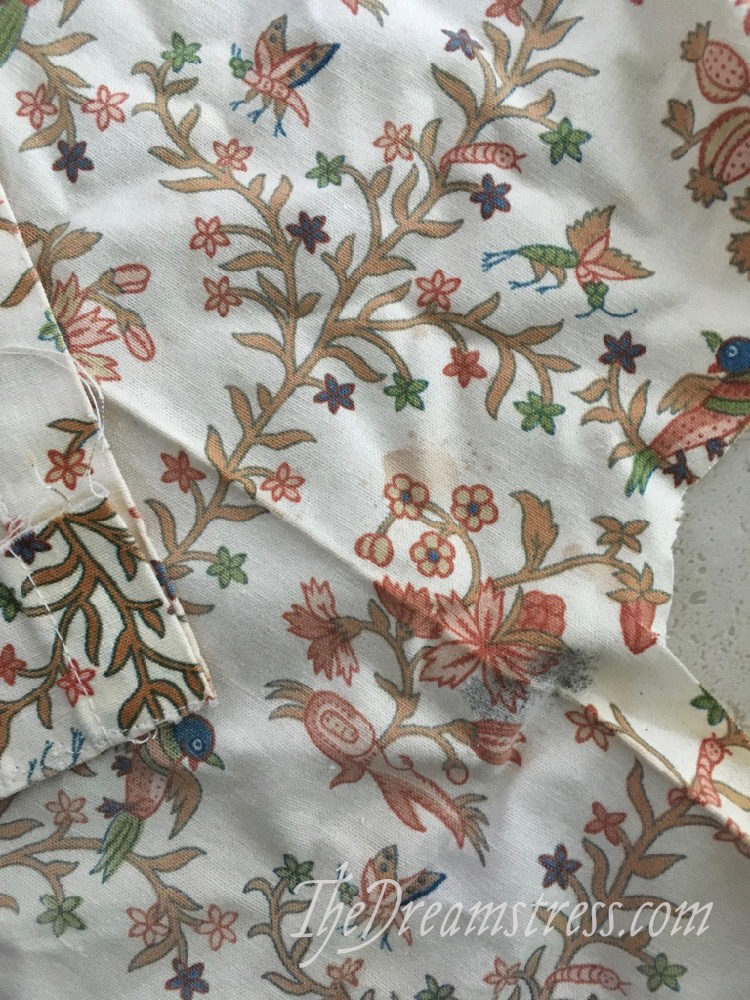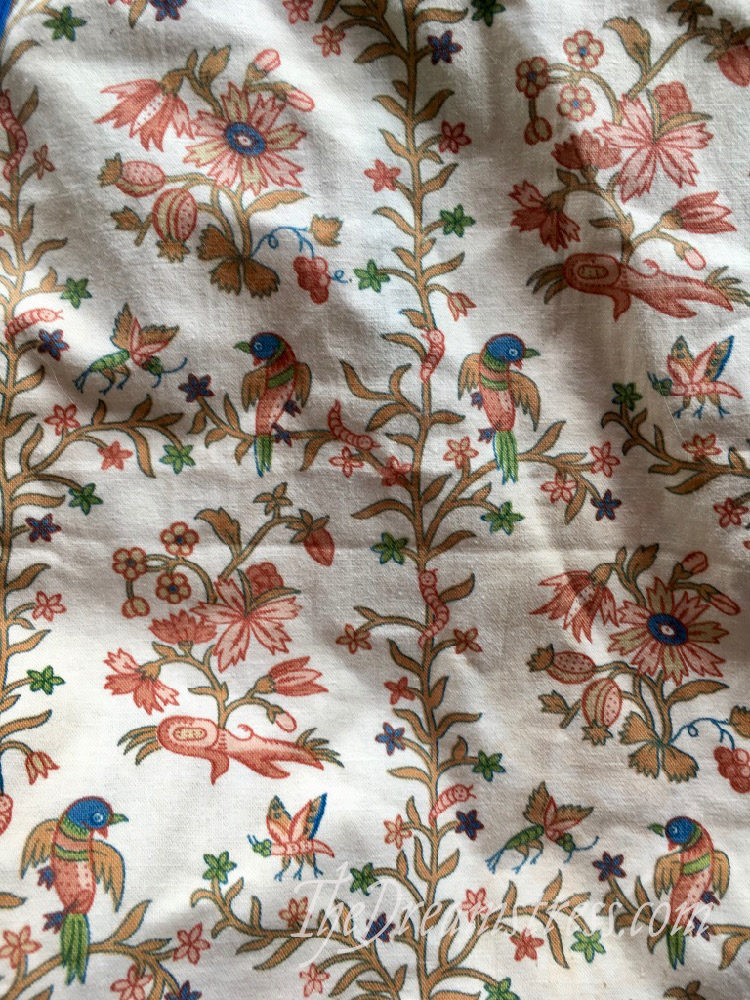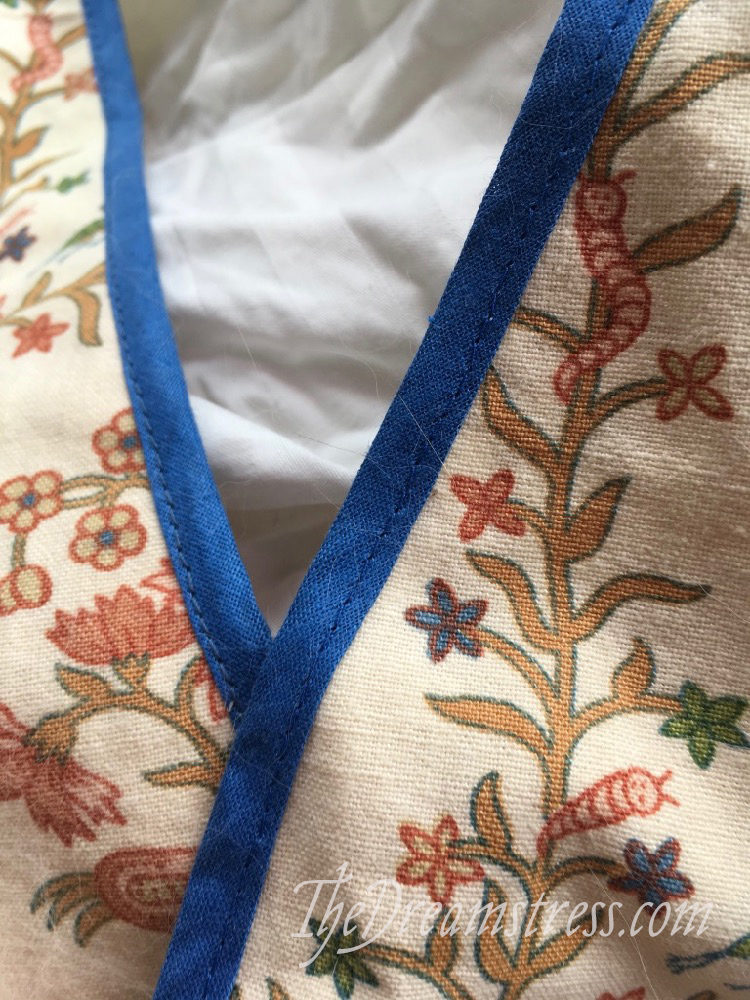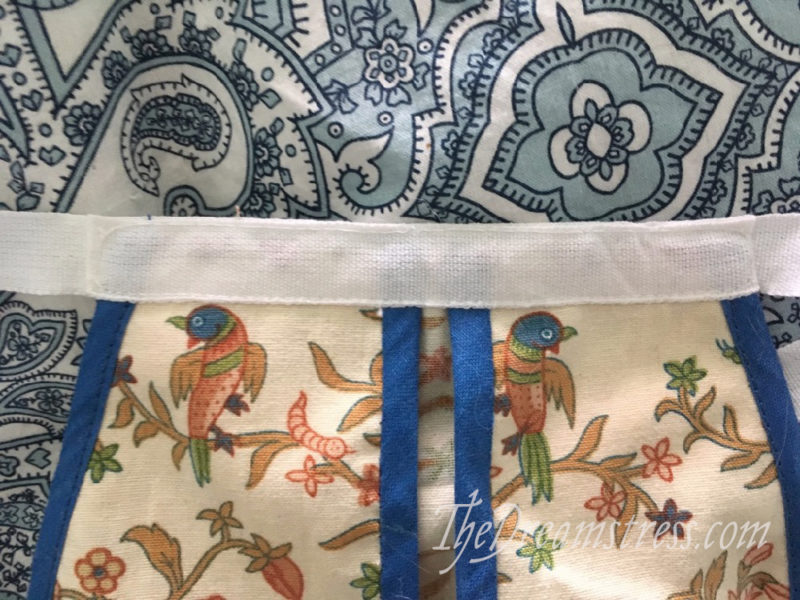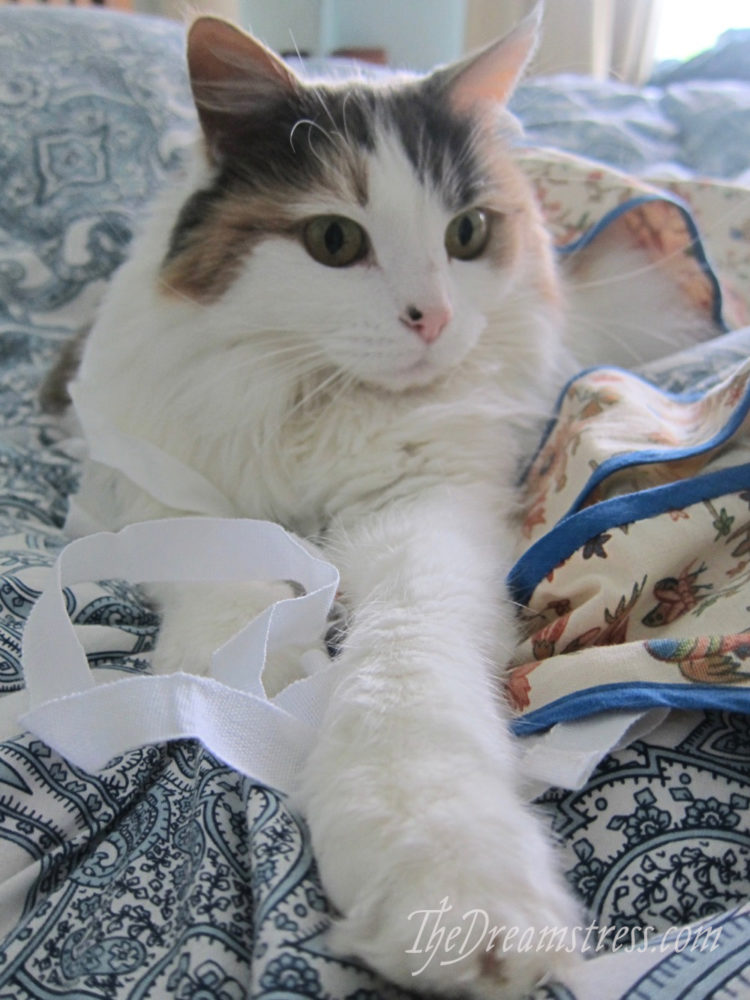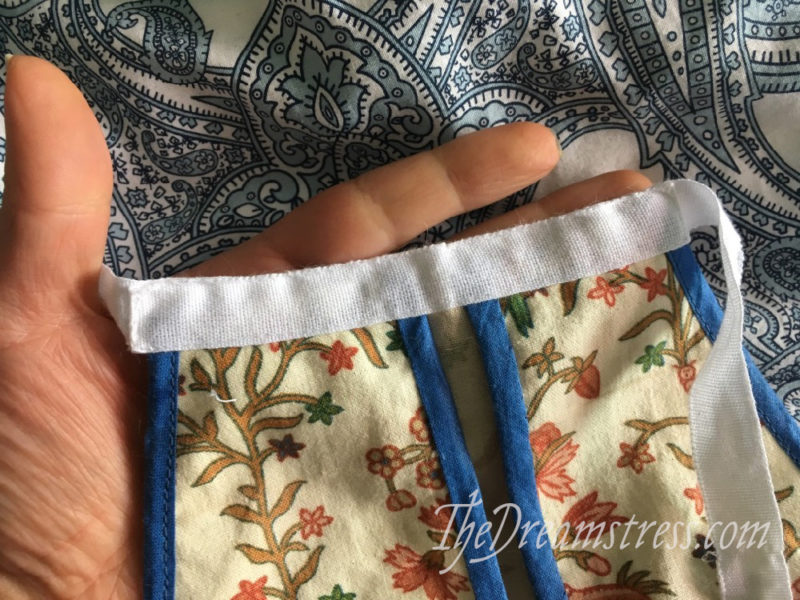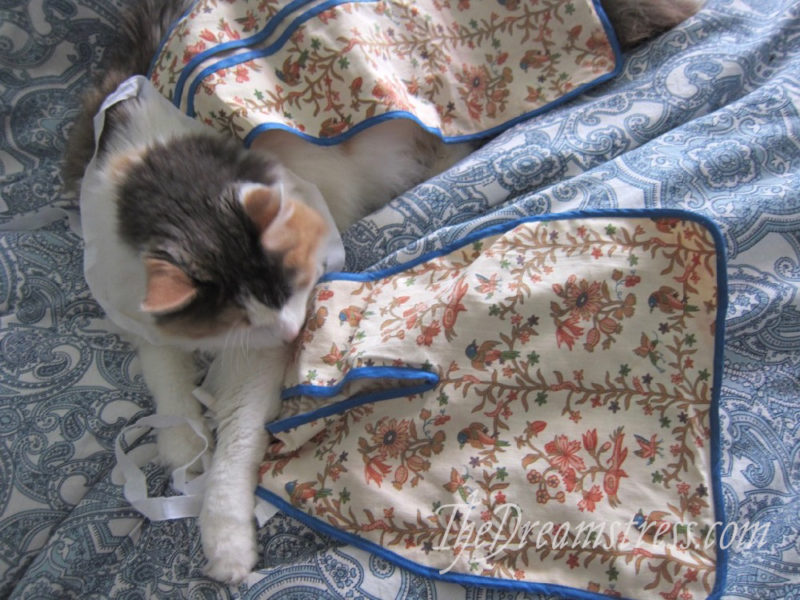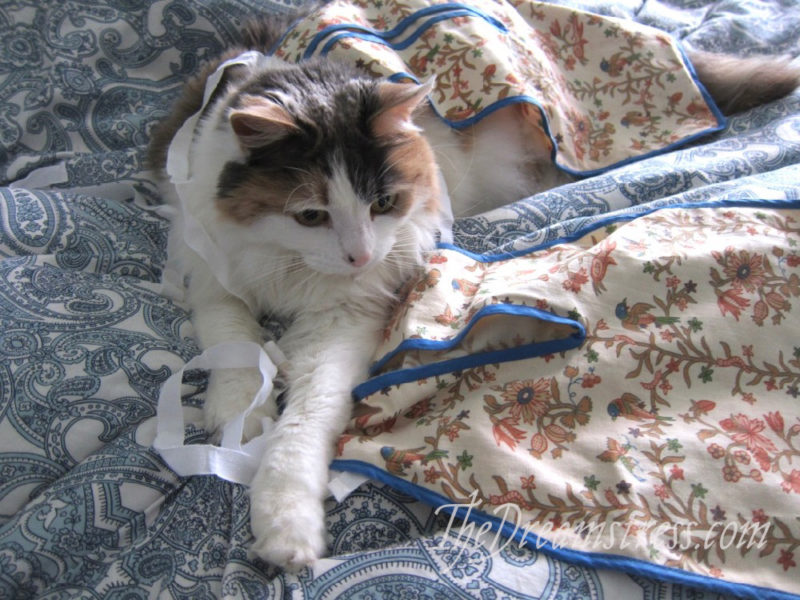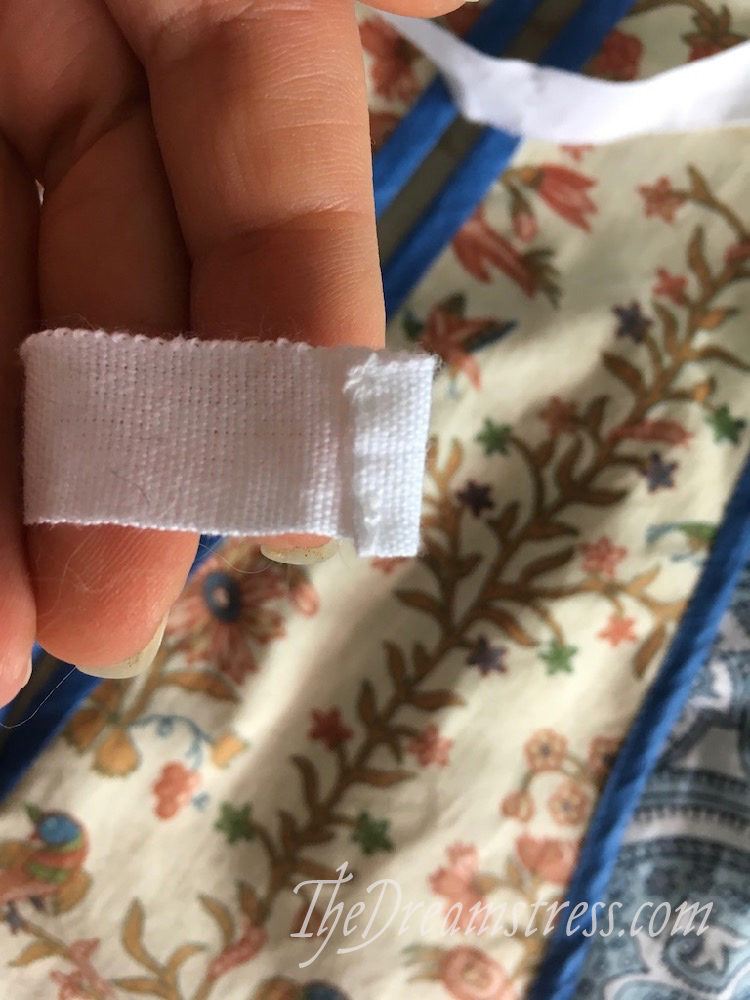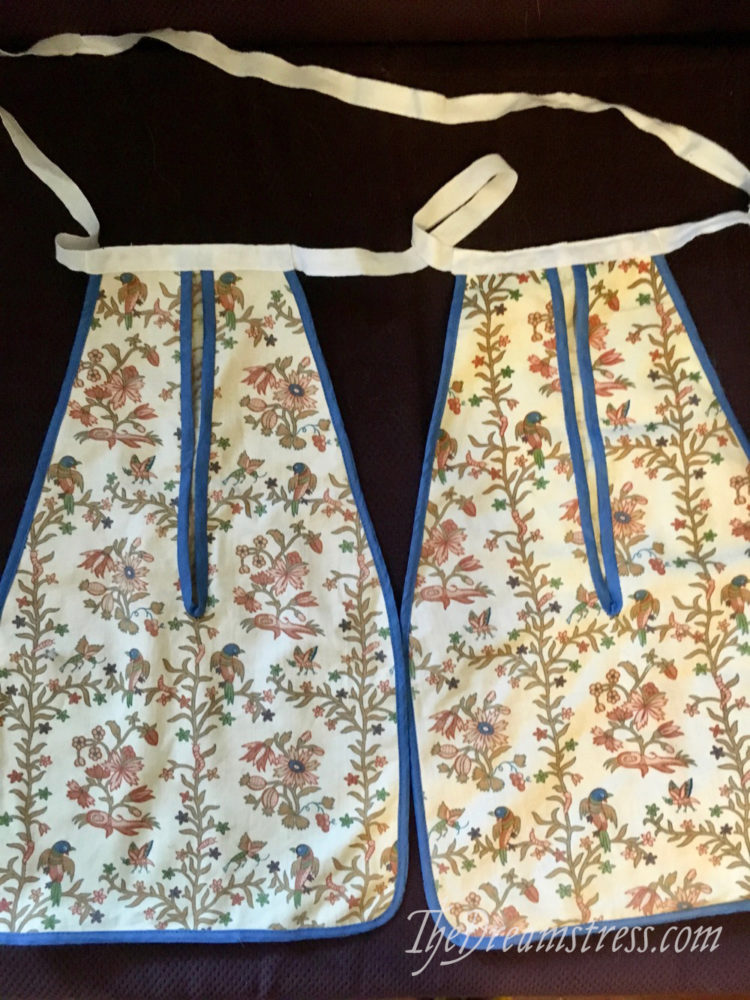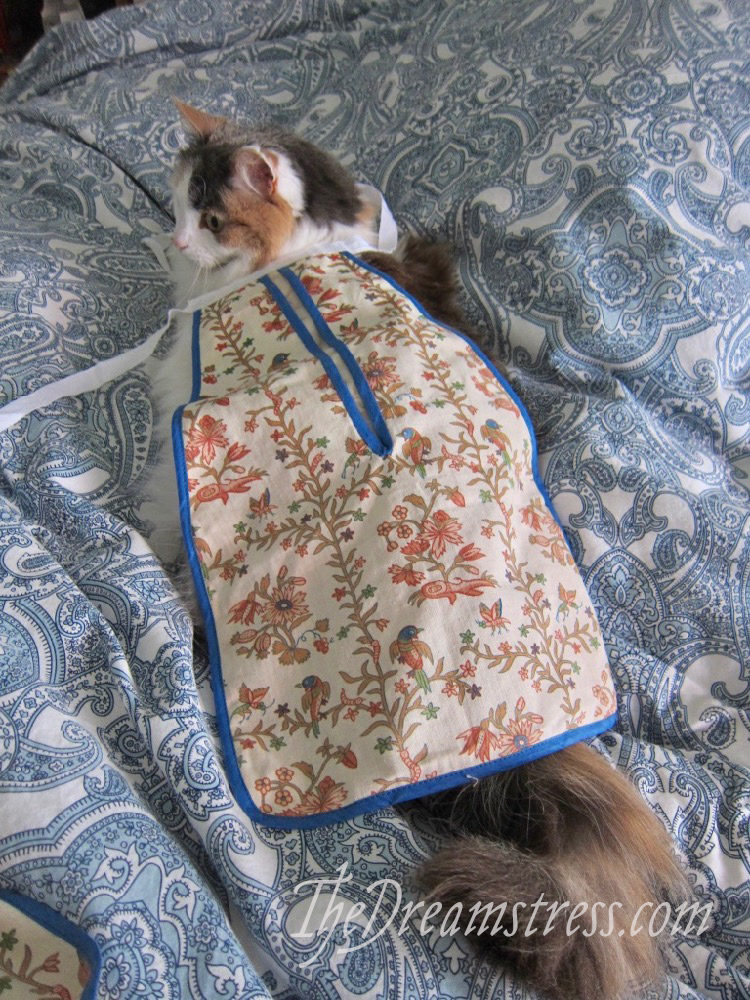Saturday at Costume College 2019 did not go to plan for me.
Either because some attendees at the Friday Night Gala had been smoking pot and then hung out near me (migraine trigger), or because of the mysterious Marriott malady which has been plaguing Costume College for the last two years (significant numbers of attendees at CoCo reported unusual vertigo, headaches, breathing problems and nausea), or a combination of both, I spent the Saturday making friends with porcelain instead of people.
Not only was I in bed feeling miserable, I missed a bunch of classes I was really excited about. Boo.
I was determined not to miss Gala, and despite feeling quite green, and looking quite wan, and needing to be slightly safety-pinned in because my attempts to sew on the last few hooks needed to finish my outfit convinced me that trying to focus my eyes enough to sew was a BAD idea, I made it!
Sort of.
3 hours of an event that goes on for 7+ hours counts, right?
I missed the red carpet (which I hate doing, but enjoy as an opportunity to see all the dresses), but did have a lovely time outside in the courtyard getting photos, where I ran into the San Francisco costuming crowd, all looking amazing and perfectly time-coordinated with me.
Then I ‘had’ a lovely intimate dinner. I might not have been in the mood for food, but it was lovely to just sit and chat with people I know through the internet in person – and to admire the other dresses in the restaurant!
After dinner I managed an hour of the hustle and bustle hall outside the ballroom, admiring the gowns and getting sneak videos of the fun.
And then I went back to bed…
A HUGE thank you to Amber (Lady of the Wilderness) and Cait (WilloughbyandRose) , who put up with a icky roommate all Saturday, Lauren of Wearing History, Beth of V is for Vintage and Natalie of Frolicking Frocks who were also extremely sweet and got me bottles of water, and tried to find things I could eat.
So it wasn’t quite the grand finale Gala I’d hoped for, but thanks to a lot of really lovely people, it was still a wonderful night.
Because I was a bit under the weather I didn’t get that many photos: just ones of my immediate group and people I met in the outside courtyard.
With Natalie (@Frolicking_Frocks), Stephani (@Stephani_Miller) showing off the best styles of 1913-14:
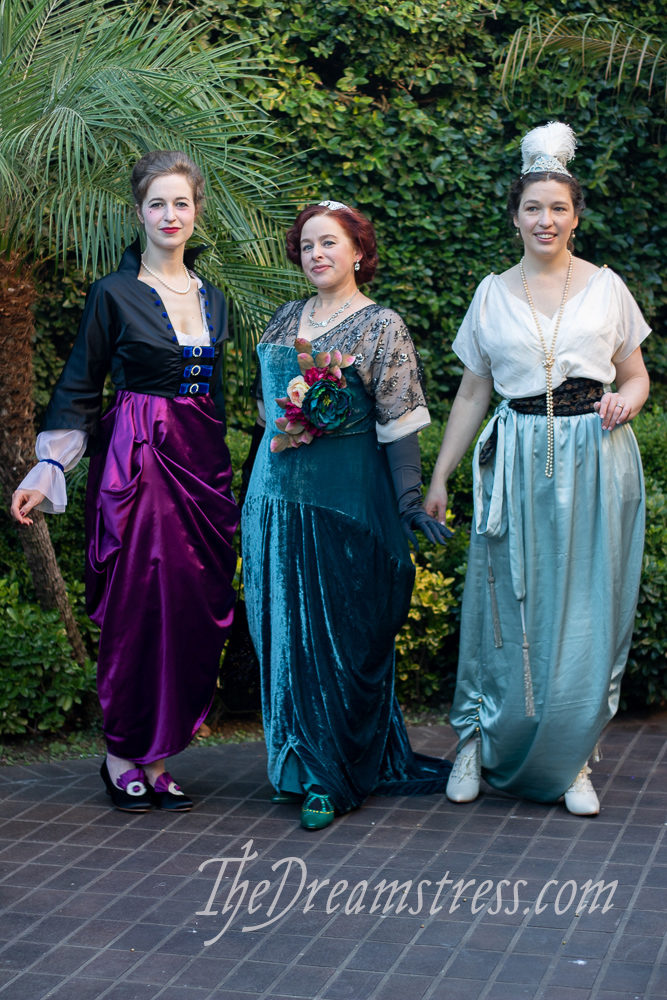
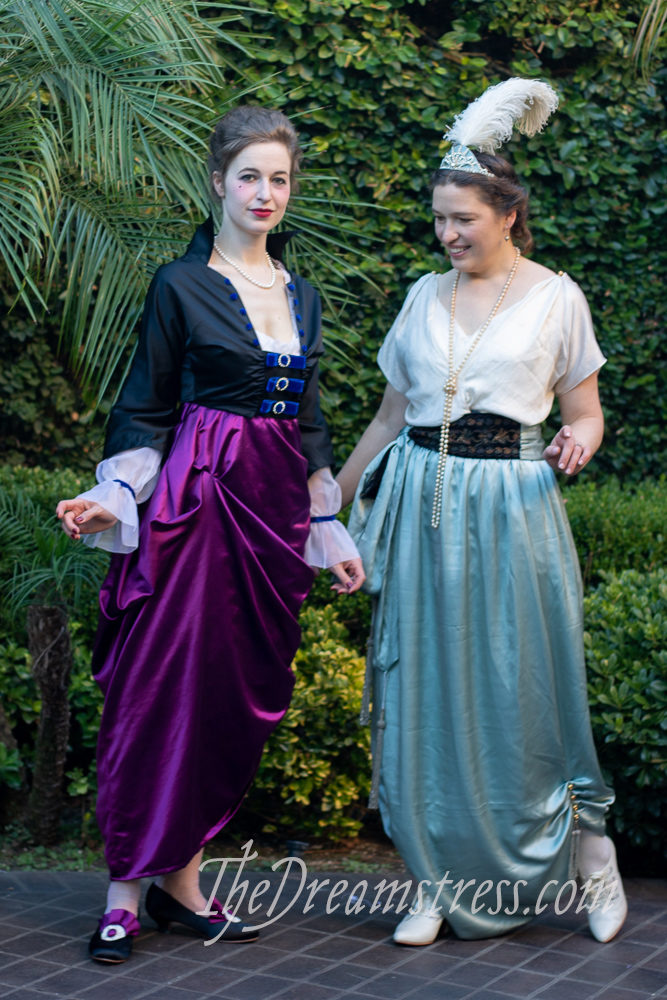
And I finally got to meet @duchessofhutch – look how perfectly we coordinated, a decade apart! Her dress had so many amazing details in person!
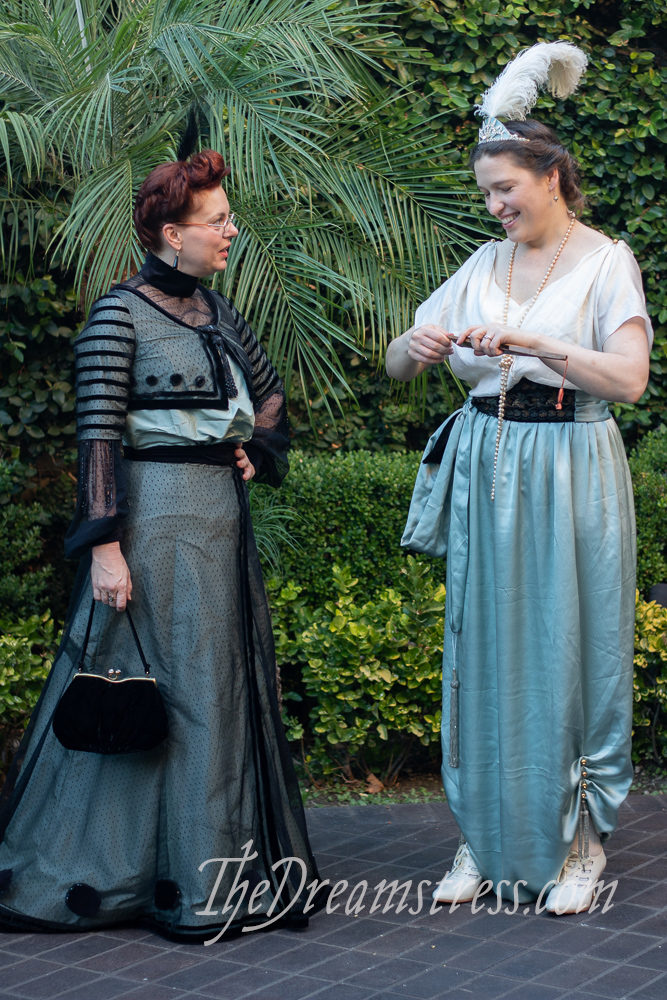
I didn’t get any good photos of it, but go check out @irreverantvintagegirl ‘s Edward Gorey Masterpiece Theatre Mystery homage. So good…
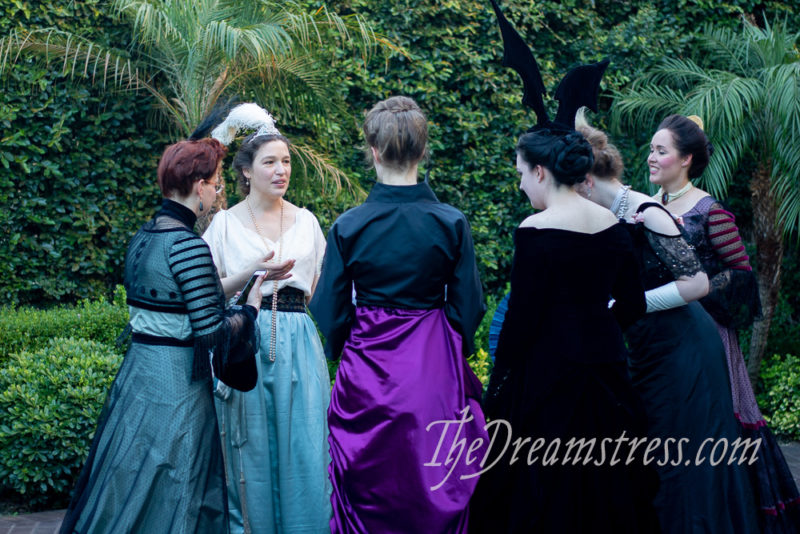
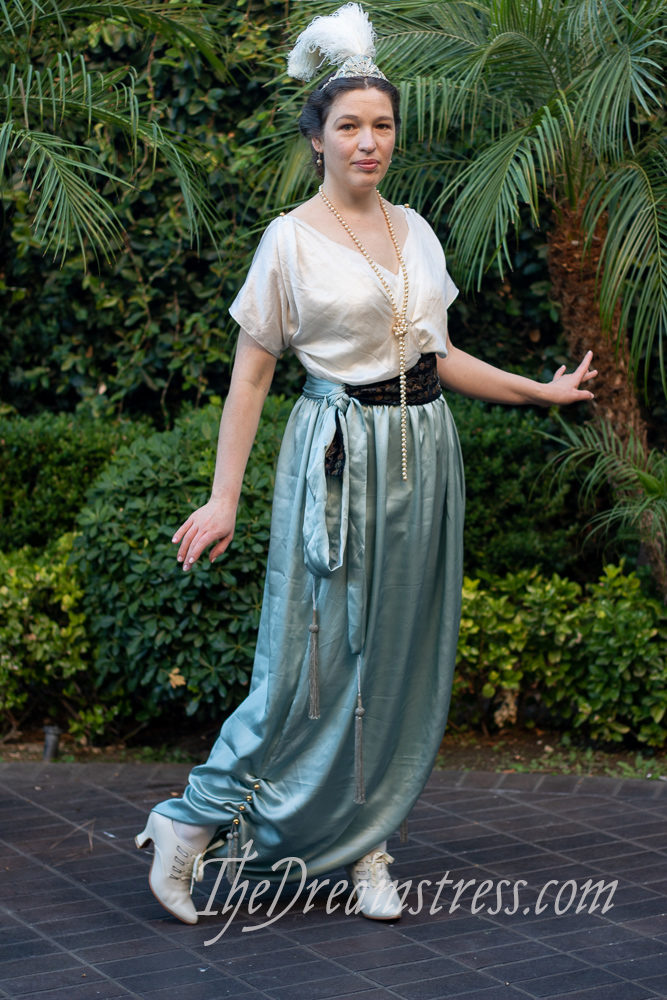
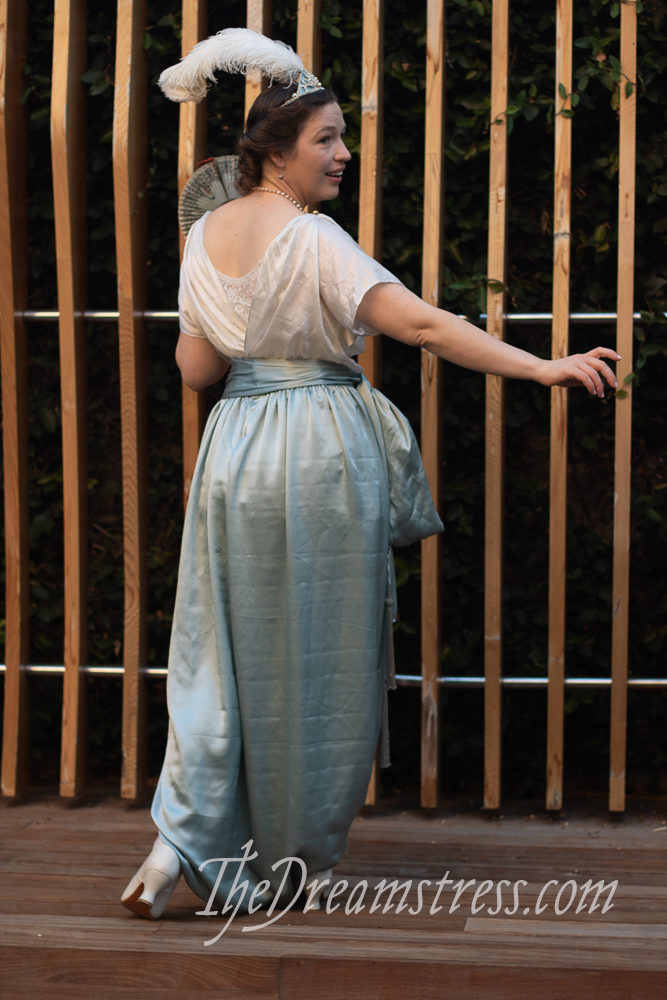
My roomies, looking amazing in jewel toned 18th century:
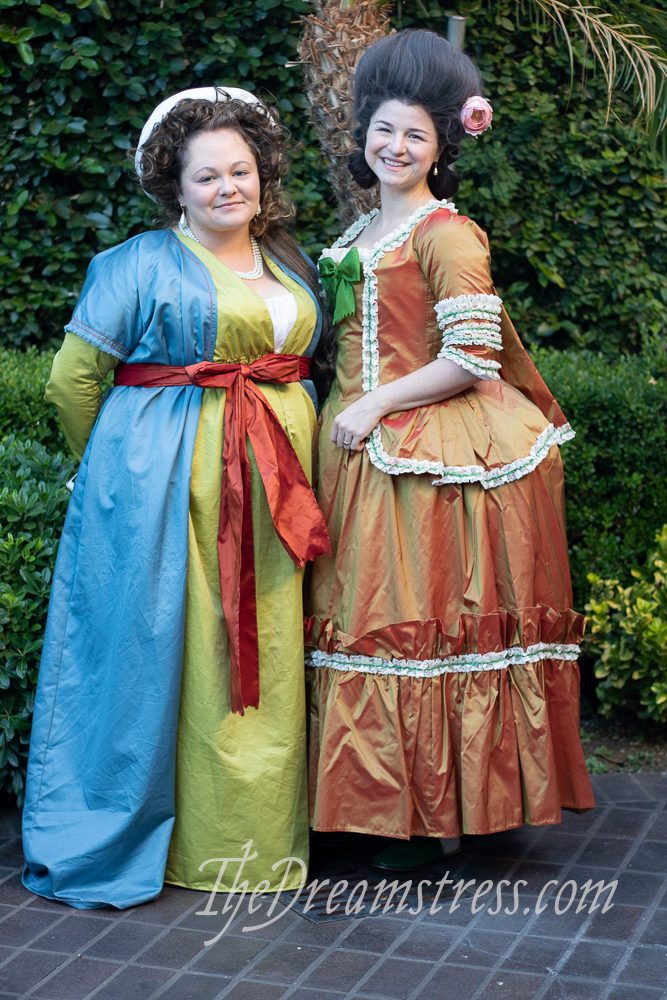
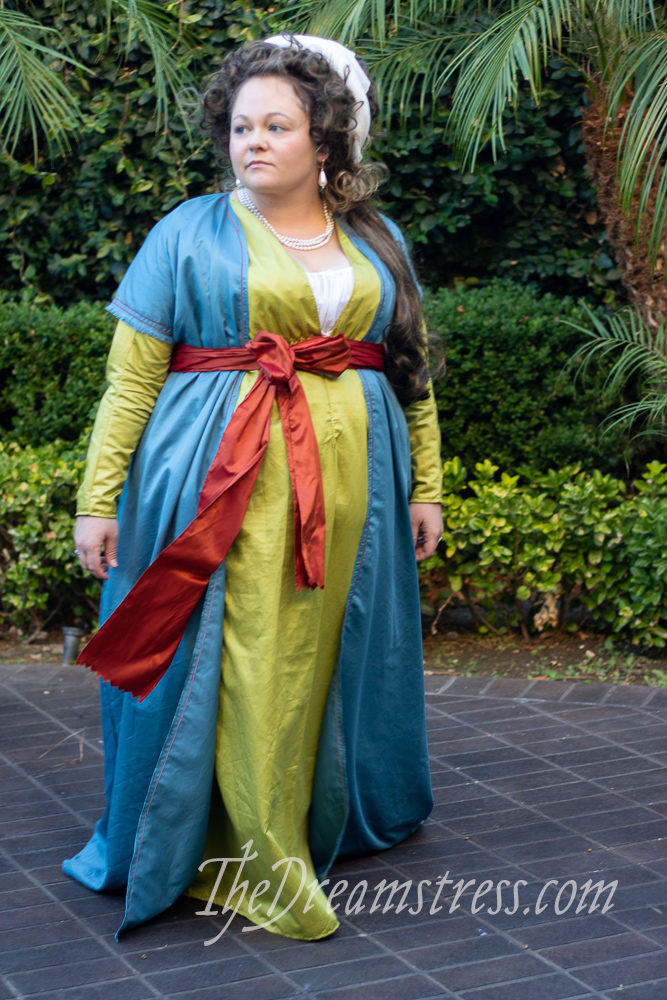
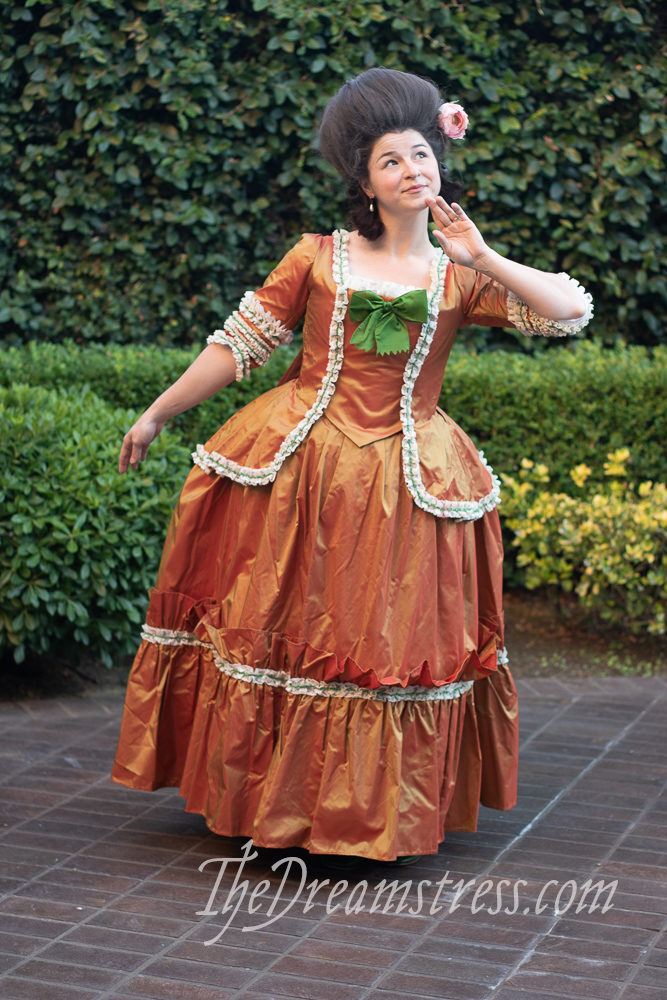
And my favourite outfit of the night, @adria.renee in her Jurassic Park homage. She did the burnout velvet shawl herself, and every one of her accessories tied in perfectly: right down to the fossilised claw necklace and amber ring!
